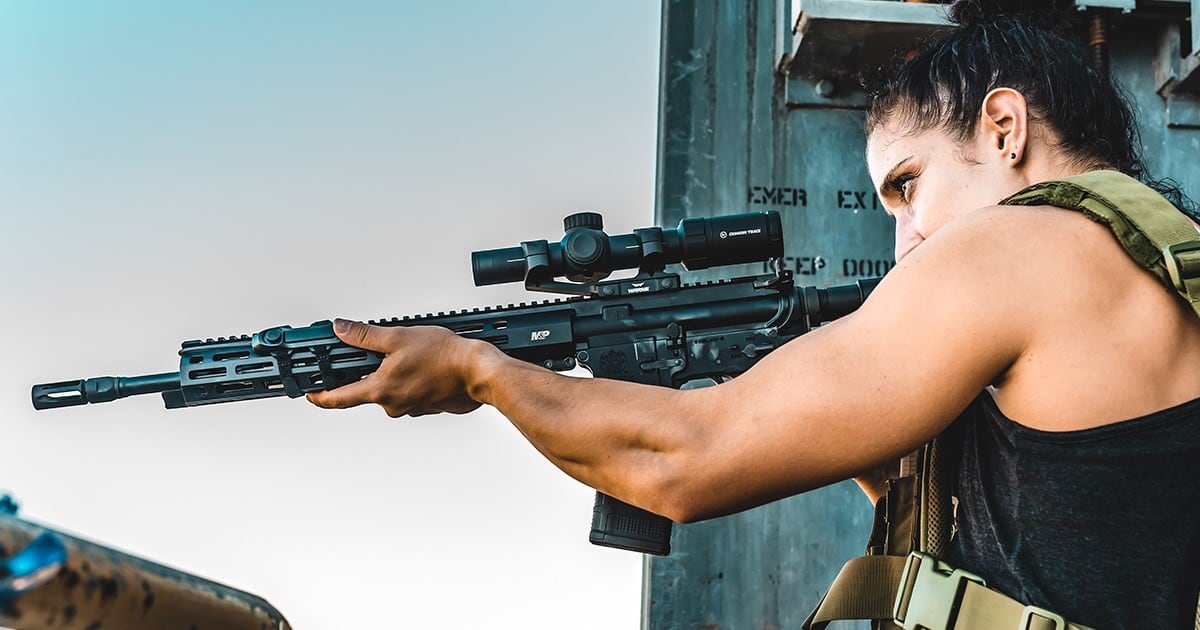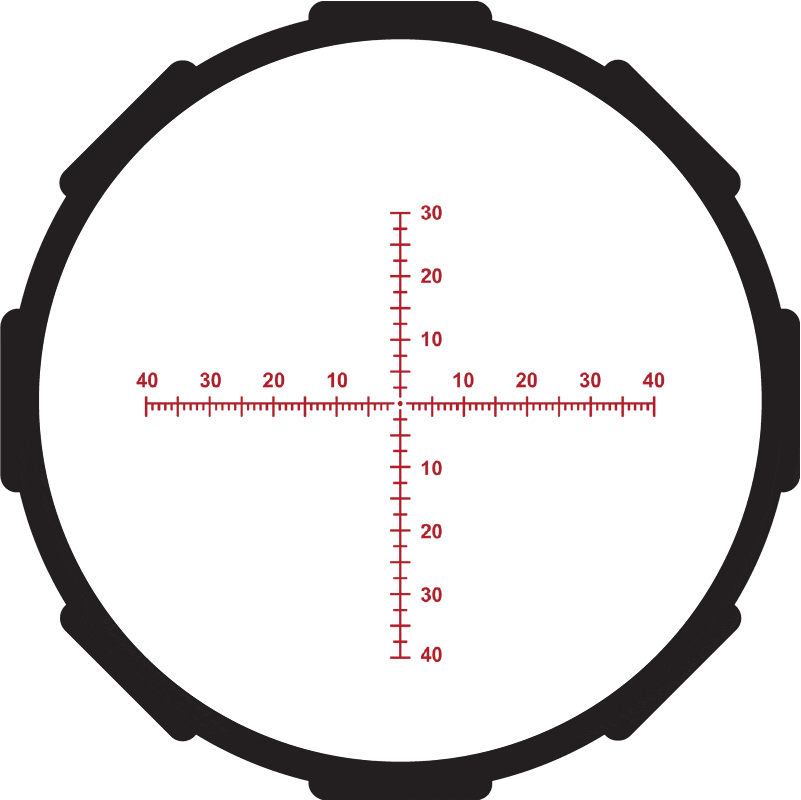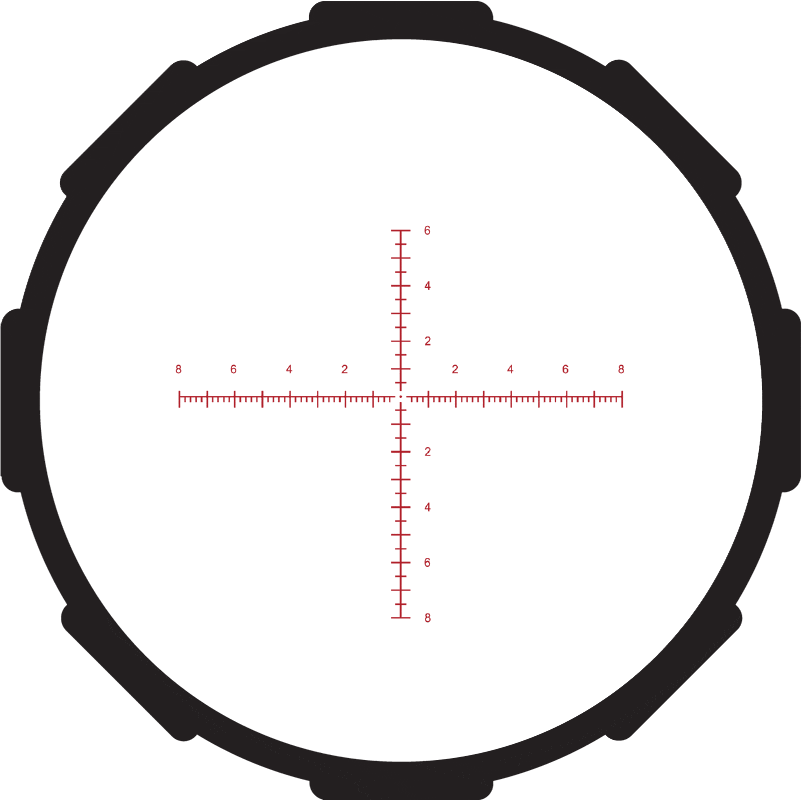Crimson Trace, a company known primarily for its laser sights, continues to release information articles and videos.
Earlier this summer, we saw them publish a guide entitled About those green lasers, and now they’ve released a very good (if succinct) overview of MOA vs. MILs for scope reticles.

This information will hold true whether it is a Crimson Trace product or not, of course - and it’s old school, too, not a ranging app or something similar (though it could be used in conjunction with one).
MOA vs. MIL
Crimson Trace explains as follows:
Choosing between an MOA and MIL reticle can be difficult. Here’s some info you might want when shopping for your next Crimson Trace scope.
MOA Reticles
MOA stands for “Minute of Angle”. Essentially, one MOA is equal to 1 inch at 100 yards. It is an angular measurement that will show you the effects of how much movement your crosshairs make to affect the impact of the bullet at certain distances.

An MOA scope is slightly more precise than a MIL reticle (by a very small fraction of an inch), and any ranging will be done in yards and inches with an MOA scope.
MIL Reticles
MIL stands for “milliradians” or “mils” and is equal to 3.6 inches at 100 yards. These scopes are slightly easier to communicate ranging with than an MOA and are communicated using meters and centimeters.

MILs are extremely common with law enforcement and military professionals.

At the end of the day, both MOA and MIL have advantages and disadvantages. MOA and MIL are both extremely effective and will get the job done as long as the shooter has experience with the reticle (and has done their math correctly). Whichever reticle you decide to use for your long range rifle, always make sure your turret, spotting scope, and other tools are in the same measuring unit as your scope.
The Crimson Trace website has an entire section devoted to optics, if you’d like to know more visit their site at Crimson Trace riflescopes.





